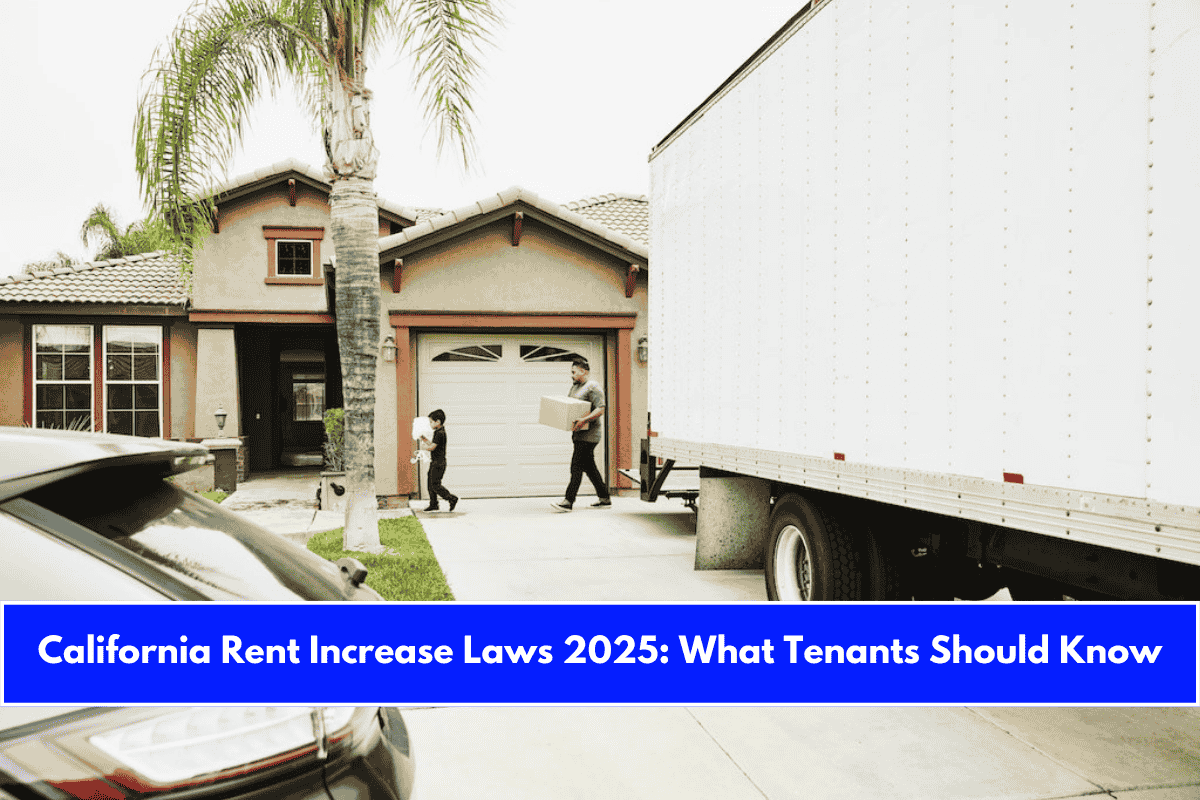California’s rent increase laws for 2025 continue to provide strong protections for tenants, with updated caps on rent hikes and new tenant rights measures. Here’s what renters need to know for the year ahead.
Statewide Rent Increase Cap
- For most residential properties in California, the maximum annual rent increase in 2025 is capped at 5% plus the local Consumer Price Index (CPI) change, or 10%—whichever is lower.
- For example, if the regional CPI is 3%, the maximum allowable increase would be 8%. If the CPI is 6%, the cap remains at 10%.
- For rent increases effective between August 1, 2024, and July 31, 2025, specific regional caps apply. For instance, in San Diego County, the cap is 8.6% for this period.
Who Is Covered?
-
These limits apply to most apartments and rental homes built before January 1, 2005, and are governed by the Tenant Protection Act of 2019 (AB 1482).
Exemptions include:
- Housing built within the last 15 years
- Affordable housing units
- Single-family homes or condos not owned by corporations, REITs, or LLCs (unless the owner is a real person and not a business entity)
- Duplexes where the owner lives in one of the units
Notice Requirements
- 30 days’ written notice is required for rent increases of 10% or less.
- 90 days’ written notice must be given for increases greater than 10% (though such increases are rare due to the cap).
Frequency of Rent Increases
- Rent can only be increased once every 12 months for a tenant in the same unit.
- The cap applies to the total increase over a 12-month period, regardless of the number of increases.
Local Rent Control Laws
- Some cities and counties in California have their own rent control ordinances, which may set stricter limits than the statewide law.
- Where local laws are more protective, those rules take precedence.
New Tenant Protections in 2025
- Credit Reporting: Landlords must now offer tenants the option to have their positive rental payment history reported to at least one nationwide credit bureau. For existing leases, this must be offered by April 1, 2025; for new leases, at signing and annually thereafter6.
- Junk Fees Prohibited: New rules further restrict unnecessary or hidden fees in rental agreements.
How to Calculate Your Maximum Rent Increase
- Find your current rent.
- Determine the local CPI for your area.
- Calculate 5% of your current rent and add the CPI percentage.
- Compare this total to 10% of your current rent—the lower amount is your maximum allowable increase.
Key Takeaways for Tenants
- Most tenants are protected from excessive rent hikes by the 5% + CPI (max 10%) rule.
- Always check for local rent control laws, which may offer even more protection.
- Landlords must provide proper written notice before increasing rent.
- New laws in 2025 enhance tenant rights, including credit-building opportunities and protection from junk fees.
Staying informed about these regulations ensures you can advocate for your rights and respond appropriately if your landlord proposes a rent increase. If you believe your landlord is not complying with these laws, contact a local tenants’ rights organization or legal aid for assistance.
Sources:
- https://www.coastlineequity.net/california-rent-increase-2025-guide
- https://oag.ca.gov/system/files/media/Know-Your-Rights-Tenants-English.pdf
- https://rentpost.com/resources/article/raise-rent-laws-in-california/
- https://www.lassd.org/resource/rent-increases/
- https://oag.ca.gov/consumers/general/landlord-tenant-issues












Leave a Reply